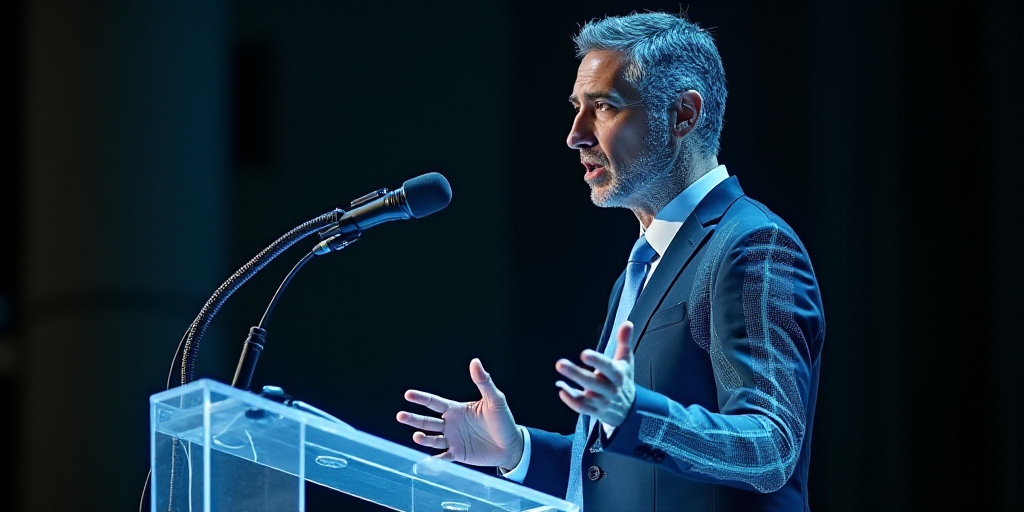Background on Key Figures and Context
Jonathan Heath, the undersecretary of Banco de México (Banxico), acknowledged that wage increases and the rise in the minimum wage are structural factors making it challenging for underlying inflation to continue declining towards the target.
Heath, who has opposed reducing interest rates on three occasions, believes that a persistent rise in wages explains part of the resistance shown by underlying inflation. He noted that after six to eight years of consecutive increases, with plans to continue rising to double digits by 2030, the minimum wage sets a structural floor for upward price pressures on goods and food services closely tied to the minimum wage.
Underlying inflation is the purest measure of inflation and serves as the primary indicator for central bank decisions.
Interest Rate Differential and Historical Context
Heath also mentioned that the interest rate differential between Banxico and the Federal Reserve (Fed) is near its historical minimum, reached between 2015 and 2016. During that period, the Mexican peso depreciated significantly, with the US dollar rising from 13 to 19 pesos.
Heath pointed out that despite capital outflows between 2023 and 2025, the exchange rate appreciated, indicating that determinant rules for exchange rates have already changed.
Uncertainty and Its Potential Impact
Gerardo Castro Gil, a professor at La Salle’s School of Business, believes that the acceleration in interest rate cuts was premature, especially given the prevailing trade uncertainty and Mexico’s inflation not yet reaching its target.
Castro Gil explained that without a clear economic growth outlook, trade tensions and geopolitical circumstances could negatively impact Mexico’s export-dependent economy, potentially increasing production costs.
If this scenario materializes, Castro Gil warned that Banxico might need to reverse its monetary stance, raising interest rates again.
Credibility at Stake
Pamela Díaz Loubet, an economist at BNP Paribas for Mexico, explained that with the recent interest rate cut, “we are on the cusp of neutrality.”
Neutrality in monetary policy occurs when the economy grows at its potential, and inflation remains at 3%, she explained. However, currently, the economy is not growing at its potential, with a negative output gap and inflation failing to reach 3%.
Díaz Loubet emphasized that in this context, credibility and communication become crucial. If market participants perceive inconsistency in monetary policy amid rising inflation expectations, it could lead to increased inflation expectations.
Key Questions and Answers
- What are the structural factors affecting underlying inflation? Wage increases and minimum wage hikes are making it difficult for underlying inflation to decline towards the target, according to Jonathan Heath.
- What is the historical context of interest rate differentials between Banxico and the Fed? The differential was at its historical minimum between 2015 and 2016, with the peso depreciating significantly during that period.
- How might trade uncertainty and geopolitical circumstances impact Mexico’s economy? Without a clear growth outlook, these factors could negatively affect Mexico’s export-dependent economy and increase production costs, as per Gerardo Castro Gil.
- What is the current status of monetary policy neutrality? With recent interest rate cuts, Mexico is nearing monetary policy neutrality, but the economy is not growing at its potential, and inflation has yet to reach 3%. Credibility and communication are essential in this context, according to Pamela Díaz Loubet.






